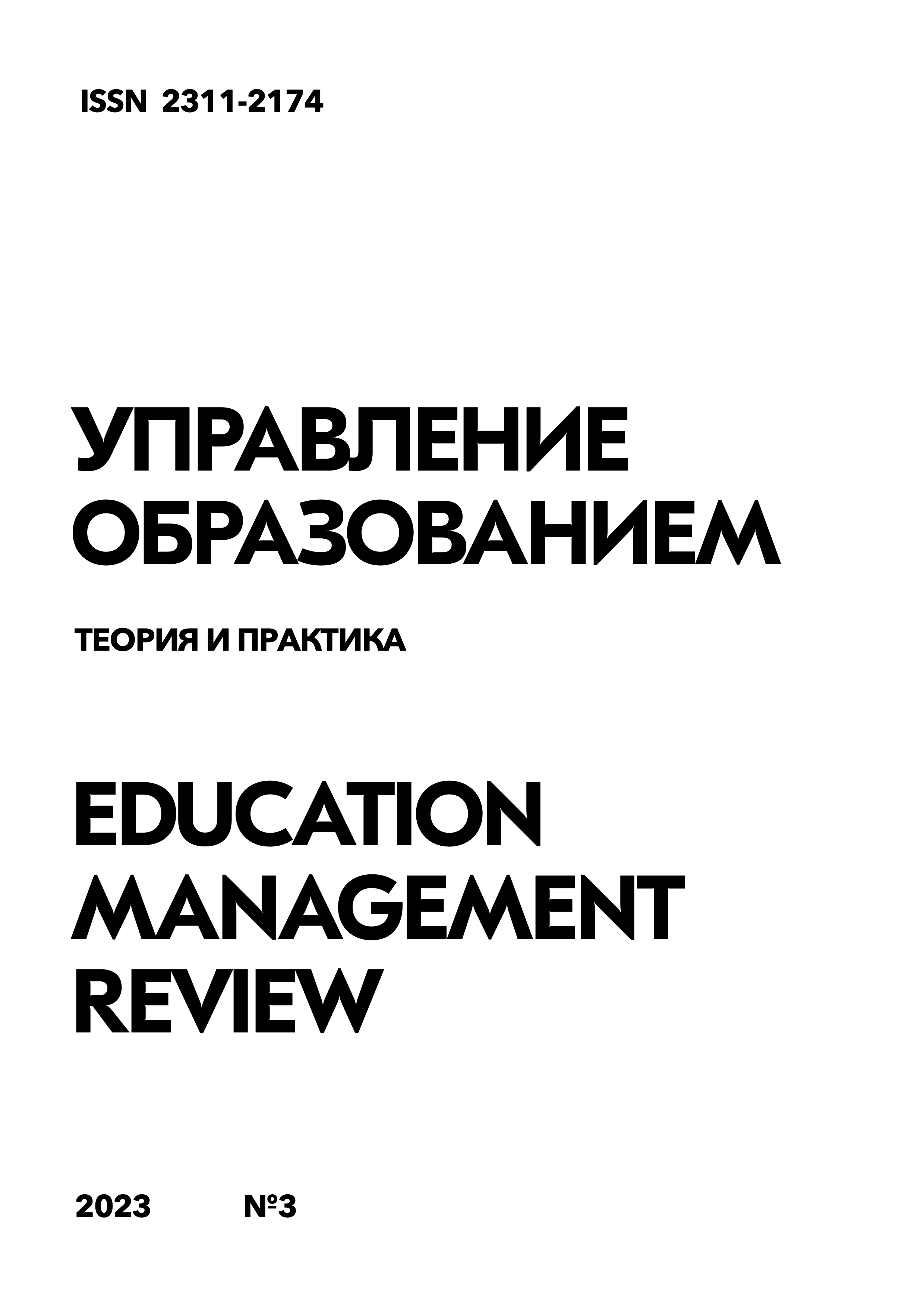Models and strategies for emergency preparedness
DOI:
https://doi.org/10.25726/g9429-2536-4329-t%20Keywords:
preparedness, emergencies, crisis management, emergency management, operations, natural disasters, responseAbstract
The purpose of this study is to "study emergency management standards and preparedness frameworks applied in developed countries in general and in the UAE in particular" The United States, the United Kingdom and Australia are leading the way in terms of preparedness and they have certain guidelines. For example, in 2015, the United States developed a readiness guide. Similarly, the first four stages in the UK standard function within the Department of Readiness. However, despite the fact that the readiness stage is the most important element of the Emergency Management cycle, in the UAE there is no structure of emergency preparedness in the standard. As Haddow and others point out, no emergency management organization can function without a strong preparedness capacity. Therefore, in order to achieve this goal, the article was divided into three main sections. The first section provides general definitions of emergency preparedness and narrows down the definitions that will be adopted in this study for a clearer understanding of the emergency preparedness phase. The second section presents a critical analysis of various concepts and models of readiness. This section compares and contrasts the systems and models of emergency preparedness used in the United States of America, Great Britain and Australia. The aim is to compare and contrast different models and structures of preparedness, which will identify the key elements affecting preparedness, in order to use these elements as a basis for researching the current emergency preparedness situation in the UAE. The third section critically examines the elements of emergency preparedness.
References
Кантон Л. Управление чрезвычайными ситуациями: концепции и стратегии для эффективных программ. Великобритания: Wiley-Interscience, 2007. 345 с.
Капуку Н. Координация между несколькими ведомствами и различными структурами в ответ на бедствия. Великобритания: LAP Lambert Academic Publishers, 2010. 145с.
Кузина О.А, Романова Т.А., Чунова В.Л. Теоретико-образовательные подходы и стандарты управления чрезвычайными ситуациями в США, Великобритании, Австралии и ОАЭ // Управление образованием: теория и практика. 2022. №5. С. 10-16.
Кузина О.А. Стандарт управления чрезвычайными ситуациями: Инноватика в современном мире: опыт, проблемы и перспективы развития / Сборник научных статей по материалам IX Международной научно-практической конференции (20 сентября 2022 г., г. Уфа). Уфа: Изд. НИЦ Вестник науки, 2022. С. 69-80.
Коппола Д. Управление рисками опасных ситуаций" Проект высшего образования Института управления чрезвычайными ситуациями FEMA. Эммитсбург, 2001. 345с.
Cabinet Office (2009) Expectations and Indicators of Good Practice Set for Category 1 and 2 Responders.Easingwold: Emergency Planning College.
CCA (2004) Emergency preparedness: guidance on Part 1 of the Civil Contingencies Act 2004, its associated regulations and non-statutory arrangements. Easingwold: Emergency Planning College.
Dillon B., Dickinson, I., Whiteford, F., and Williamson, J. (2009) Emergency planning officers' handbook. Oxford: Oxford University Press.
Edwards, F. and Goodrich, D. (2007) “Organizing for Emergency Management” in Emergency Management Principles and Practice for Local Government, 2nd Edition, edited by William L. Waugh, Jr., and Kathleen Tierney; Washington, DC: ICMA Press.
Emergency Management Australia (2004) Emergency Management in Australia: Concepts and Principles, 423p.
Fagel M. (2011) Principles of emergency management and emergency operations centers (EOC) Taylor and Francis group; CRC press.
FEMA (2015) National Preparedness; goals and core capabilities. Available at: https://www.fema.gov/national-preparedness [Accessed in March, 15, 2023]
FEMA (2012) National Preparedness Guideline. Available at http://www.fema.gov/preparedness-1. [Accessed in March, 15, 2023]
Gordon J. (2002) Comprehensive emergency management for local governments: demystifying emergency planning. Brookfield, Conn.: Rothstein Associates.
Haddow G., Bullock, J. and Coppola, D. (2011) Introduction to Emergency Management. 4th ed. Burlington: Elsevier.
International Association of Emergency Managers (2013) [Online] Available at http://www.iaem.com/documents/Principles-of-Emergency-Management-Flyer.pdf [Accessed in March, 15, 2023]
McCreight R. (2011). An introduction to emergency exercise design and evaluation. Plymouth, UK: published by government institutes, The scarecrow press, Inc.
McEntire D. (2001) Triggering Agents, Vulnerabilities and Disaster Reduction: Towards a Holistic Paradigm, Disaster Prevention and Management, 10(3), 189-196 p.
Molino L. N. (2006) Emergency Incident Management Systems – Fundamentals and Applications. Hoboken, NJ: John Wiley & Sons.
Pelfrey William V. (2005) The Cycle of Preparedness: Establishing a Framework to Prepare for Terrorist Threats, Journal of Homeland Security and Emergenc Management: Vol. 2.
Pitt (2008) Learning Lessons from the 2007 floods. Cabinet Office, London. Available online: http://webarchive.nationalarchives.gov.uk/20100807034701/http:// archive.cabinetoffice.gov.uk/pittreview/_/media/assets/www.cabinetoffice.gov.uk/flooding _review/pitt_review_full%20pdf.pdf [05/03/2023]
Secretary of Homeland Security (2017) National Preparedness Guidelines. Available at http://www.fema.gov/pdf/emergency/nrf/National_Preparedness_Guidelines.pd f [Access date 22.02.2023]




